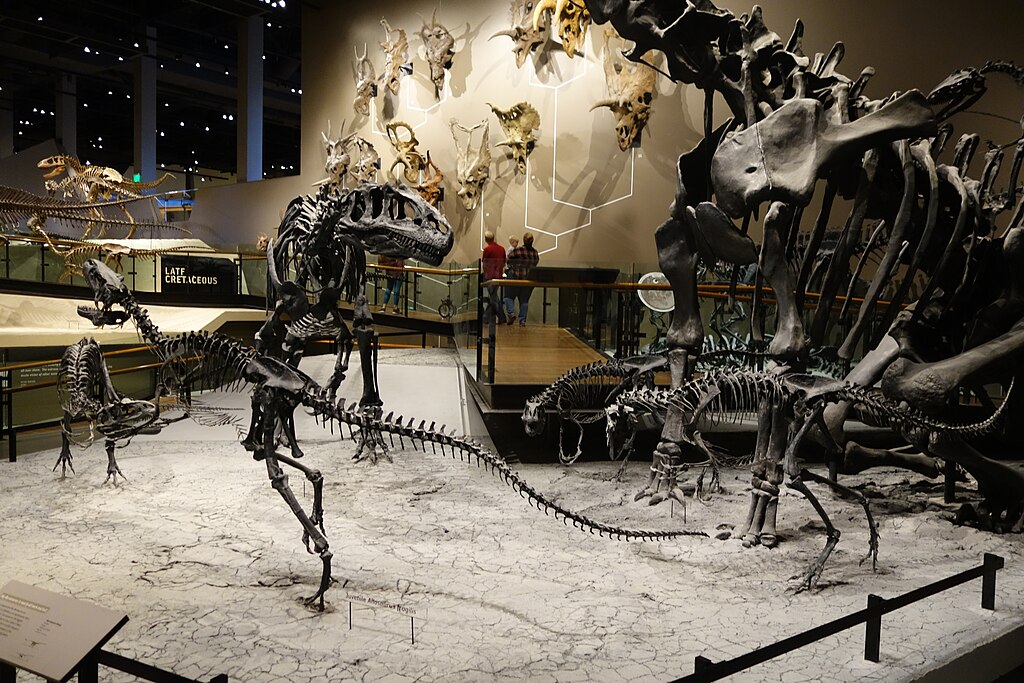The legendary Brontosaurus, with its massive body, long neck, and whip-like tail, has captivated dinosaur enthusiasts for generations. Yet, this iconic dinosaur has had a tumultuous scientific journey—declared a valid genus, then dismissed as a scientific error, only to be later resurrected through modern analysis. This paleontological soap opera spans over a century and highlights the evolving nature of scientific classification. Through this fascinating case study, we can explore how scientists name and classify dinosaurs, how scientific understanding changes over time, and how public perception sometimes diverges from scientific consensus.
The Original Discovery: Marsh and the Bone Wars
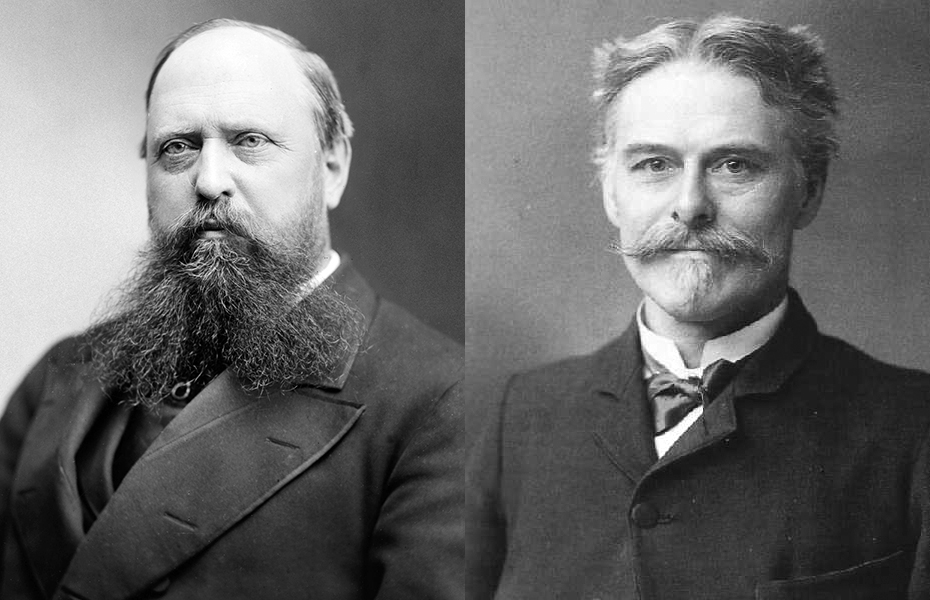
The Brontosaurus story begins during the infamous “Bone Wars” of the late 19th century, a fierce rivalry between paleontologists Othniel Charles Marsh and Edward Drinker Cope. In 1879, Marsh discovered and named Brontosaurus excelsus, meaning “thunder lizard,” based on a nearly complete skeleton found in Wyoming. This massive sauropod captured public imagination with its estimated 72-foot length and distinctive long neck. Marsh was in a rush to document as many new species as possible, partly motivated by his competitive spirit against Cope. The specimen was remarkable for its completeness, though crucial parts, including the skull, were missing, a detail that would later prove significant. During this period, both scientists named dozens of dinosaurs in their quest to outdo each other, sometimes working with incomplete evidence and rushing to publication.
The Initial Downfall: Riggs’s 1903 Reclassification
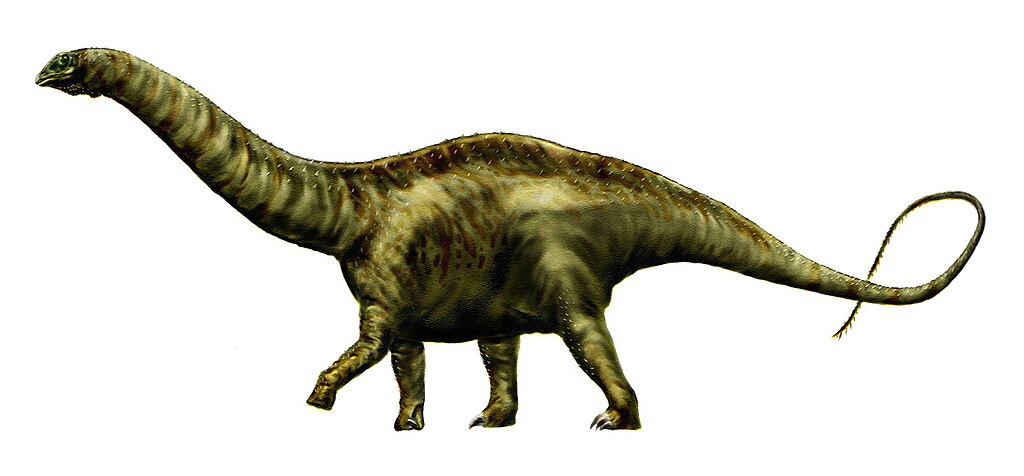
The first major challenge to Brontosaurus came in 1903 when paleontologist Elmer Riggs published a paper arguing that Brontosaurus was not distinct enough from Apatosaurus to warrant its own genus. Apatosaurus had been named by Marsh himself in 1877, two years before Brontosaurus. According to taxonomic rules, when two genera are determined to be the same, the earlier name takes precedence. Riggs meticulously compared the specimens and concluded that the differences between them were minimal and likely represented age or individual variation rather than generic distinction. He formally synonymized the two genera, declaring that Brontosaurus excelsus should be reclassified as Apatosaurus excelsus. This reclassification followed standard scientific procedure but set the stage for a century-long scientific and cultural disconnect.
The Cultural Persistence of Brontosaurus

Despite Riggs’s scientific reclassification, the name Brontosaurus remained firmly embedded in popular culture throughout the 20th century. Museum displays, children’s books, films, and television shows continued to feature the thunder lizard by its more evocative name. The Carnegie Museum’s famous Diplodocus skeleton, often mislabeled as Brontosaurus, helped cement the dinosaur’s place in public consciousness. The 1964 New York World’s Fair featured a prominent Sinclair Oil dinosaur exhibit with Brontosaurus as a centerpiece, viewed by millions. Even education materials frequently ignored the scientific consensus, preferring the more marketable name. This disconnect between scientific classification and public perception illustrates how evocative terminology can sometimes overpower technical correctness in cultural contexts. The thunder lizard had struck a chord with the public that taxonomic rules couldn’t easily undo.
The Skull Controversy: A Case of Mistaken Identity

One of the most intriguing aspects of the Brontosaurus saga involves the skull placed on museum reconstructions. When Marsh originally discovered the Brontosaurus skeleton, it lacked a skull—not uncommon in sauropod discoveries as the smaller skull often detached from the body after death. To complete museum mounts, Marsh used a skull found miles away that belonged to Camarasaurus, giving Brontosaurus a more box-like head than it would have had in reality. This error persisted in museum displays and scientific illustrations for decades, further complicating the dinosaur’s identity. It wasn’t until the 1970s that scientists widely acknowledged this mistake, recognizing that Apatosaurus (including the specimens assigned to Brontosaurus) likely had a more elongated, Diplodocus-like skull. This episode highlights how incomplete fossil evidence can lead to cascading errors in scientific understanding and public representation.
Taxonomic Principles and the Rules of Naming
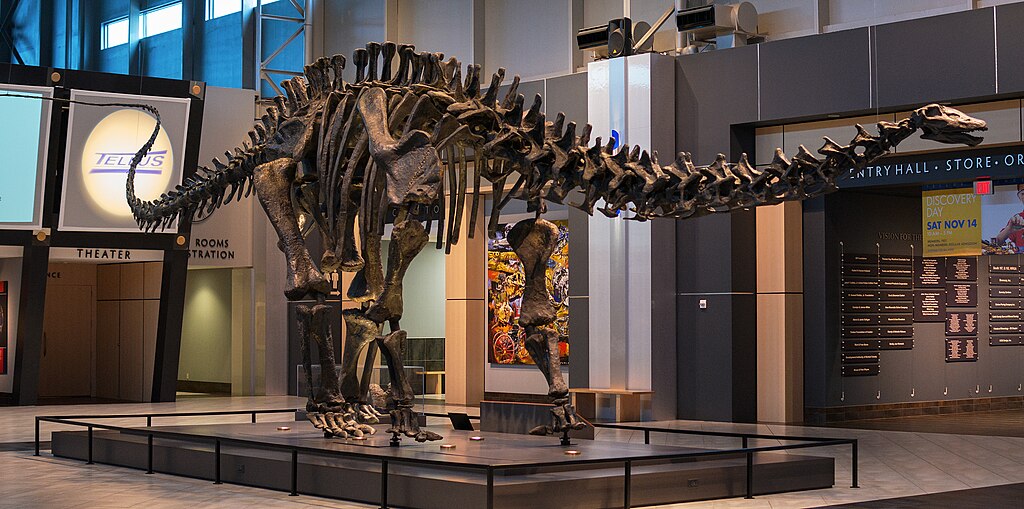
The Brontosaurus controversy highlights the strict rules governing biological nomenclature. The International Code of Zoological Nomenclature (ICZN) establishes principles that scientists must follow when naming and classifying organisms. One fundamental rule is the Principle of Priority, which states that when two previously separate taxa are combined, the older name takes precedence. This is why Apatosaurus (named 1877) superseded Brontosaurus (named 1879) when Riggs determined they represented the same genus. Another principle involves type specimens—the specific fossil examples upon which a name is based—which must be carefully compared when determining taxonomic relationships. These rules aim to create stability and prevent chaos in scientific classification, though they sometimes clash with names entrenched in public consciousness. Taxonomy balances stability with the need to incorporate new evidence, making it a dynamic rather than static system.
The Scientific Consensus: Apatosaurus Reigns

For most of the 20th century, the scientific consensus firmly supported Riggs’s reclassification, considering Brontosaurus to be an invalid name and junior synonym of Apatosaurus. Paleontology textbooks, scientific papers, and professional communications used Apatosaurus exclusively when referring to these animals. This consensus was reinforced by additional sauropod discoveries that helped clarify relationships within the family Diplodocidae. Detailed studies of vertebral anatomy, pelvic structure, and limb proportions seemed to confirm that the differences between the specimens weren’t significant enough to warrant separate genera. By the 1970s, some major museums had reluctantly updated their displays and labels to reflect the scientific consensus, though others maintained the more recognizable name for public appeal. Scientists frequently found themselves explaining to disappointed visitors that Brontosaurus “doesn’t exist” or “was never real”—a technically correct but potentially misleading simplification.
New Methods in Dinosaur Classification
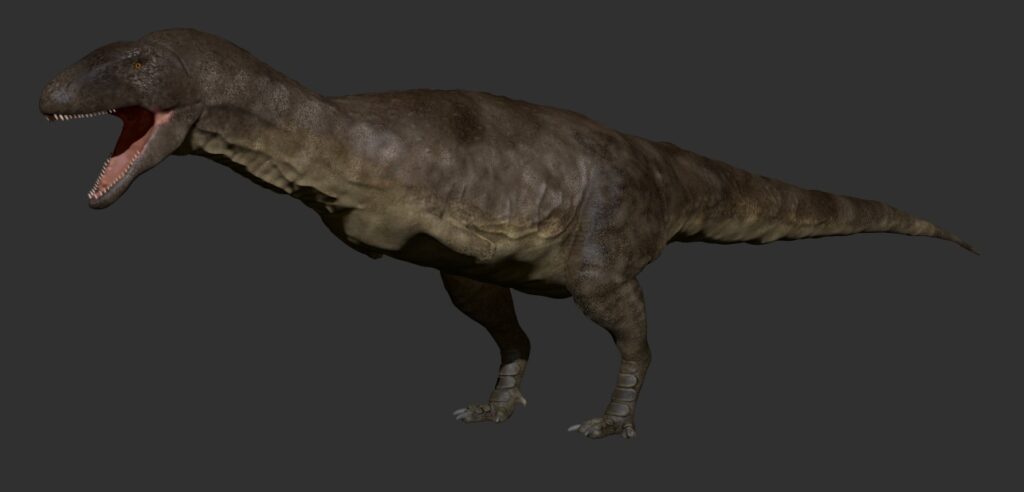
The late 20th and early 21st centuries brought revolutionary changes to how paleontologists classify dinosaurs. Computer-assisted cladistic analysis allowed scientists to compare hundreds of anatomical characteristics simultaneously across multiple specimens, providing more objective measures of similarity and difference. Advanced statistical techniques helped distinguish between variations due to age, sex, or individual differences versus those indicating separate species or genera. Three-dimensional scanning and digital modeling enabled more precise comparisons of fossils housed in different museums worldwide. Additionally, histology—the microscopic study of bone tissue—revealed details about growth patterns and maturity levels. These methodological advances created the potential for revisiting old taxonomic decisions with new analytical power. The Brontosaurus question became ripe for reexamination using these sophisticated techniques that weren’t available to earlier generations of paleontologists.
The Scientific Resurrection: The 2015 Study
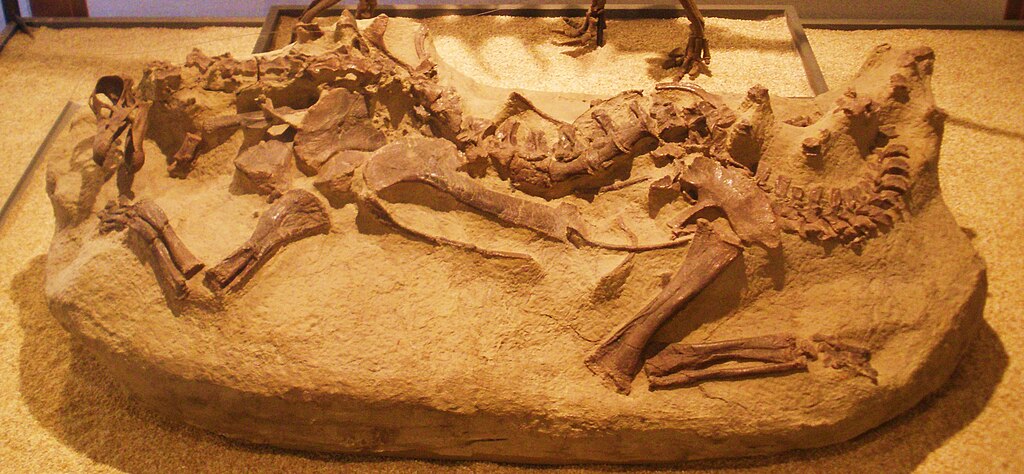
In 2015, a landmark study published in the journal PeerJ sent shockwaves through the paleontological community. Emanuel Tschopp, Octávio Mateus, and Roger Benson conducted an exhaustive analysis of diplodocid sauropods using cutting-edge cladistic methods. The researchers compared 477 anatomical features across 81 specimens, creating the most comprehensive analysis of these dinosaurs ever performed. Their results suggested that Brontosaurus was indeed distinct enough from Apatosaurus to warrant its own genus. They identified numerous anatomical differences, particularly in the vertebrae, shoulder blades, and pelvic bones. The study recognized three species within Brontosaurus: B. excelsus (the original species), B. parvus, and B. yahnahpin (previously classified as Eobrontosaurus). This scientific resurrection was not a rejection of taxonomic principles but their application with better methodologies and more complete evidence, demonstrating how science self-corrects as analytical techniques improve.
Reception of the Resurrection

The scientific community’s reaction to the 2015 study was cautiously positive but not unanimously accepting. Many paleontologists praised the thoroughness of the analysis while maintaining that taxonomic decisions always involve some subjectivity in determining how much difference constitutes a separate genus. Some researchers adopted the revised classification in their work, while others remained skeptical, suggesting that more evidence might be needed. Public reaction was enthusiastic, with major news outlets running headlines like “Brontosaurus Makes a Comeback” and “The Dinosaur Formerly Known as Brontosaurus Is Back.” Museum visitors expressed satisfaction that a beloved dinosaur had been “proven real” after all. The episode provided valuable opportunities for science communicators to explain how taxonomy works and how scientific understanding evolves. What appeared to many as scientists “flip-flopping” actually demonstrated the self-correcting nature of scientific inquiry.
Comparing Apatosaurus and Brontosaurus: The Actual Differences

According to the 2015 study, several anatomical differences distinguish Brontosaurus from its close relative Apatosaurus. Brontosaurus had a less robust neck with more gracile vertebrae compared to the extremely robust vertebrae of Apatosaurus. The shoulder blade (scapula) of Brontosaurus had a higher ratio of length to width than that of Apatosaurus. In the pelvis, the ilium of Brontosaurus had a different shape, particularly at the attachment site for leg muscles. Additionally, Brontosaurus vertebrae featured distinctive hollow chambers that differed from those found in Apatosaurus. While these differences might seem minor to non-specialists, they represent significant evolutionary adaptations that likely affected how these animals moved and functioned. The distinctions are comparable to those used to separate other widely accepted dinosaur genera. Both dinosaurs still belong to the same family (Diplodocidae) and shared many characteristics, including long necks, whip-like tails, and massive body sizes.
Public Perception Versus Scientific Classification
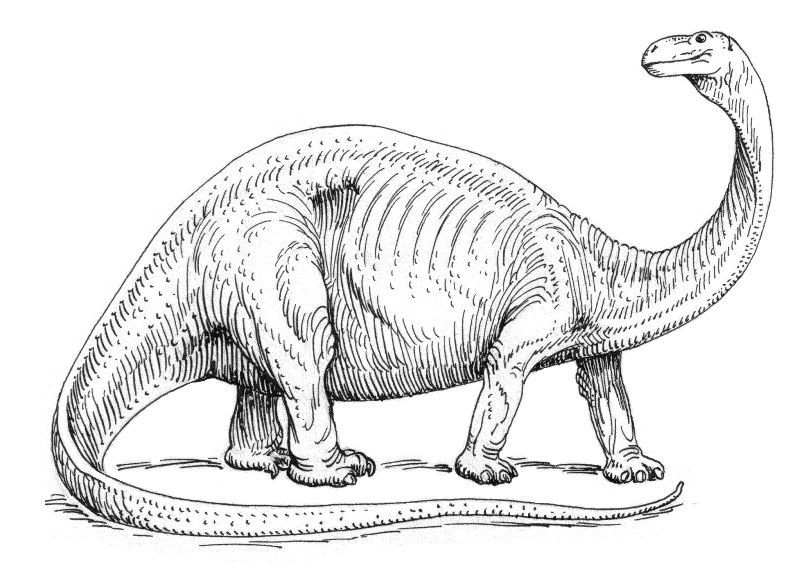
The Brontosaurus saga exemplifies the frequent disconnect between scientific classification and public understanding of iconic animals. Similar cases have occurred with Triceratops (briefly suggested to be a juvenile form of Torosaurus), Brachiosaurus (many specimens now reclassified as Giraffatitan), and the recently proposed splitting of Tyrannosaurus rex into multiple species. Public attachment to familiar names creates resistance to taxonomic changes, particularly when beloved creatures seem to “disappear” through reclassification. Museums often face difficult decisions about whether to prioritize scientific accuracy or public recognition in their exhibits and educational materials. This tension highlights the challenges of science communication, where technical precision must be balanced with accessibility and engagement. The best approach may be to use these taxonomic shifts as teaching moments about the nature of science rather than presenting classification as fixed and unchangeable.
Beyond Names: What Brontosaurus Teaches Us About Science

The Brontosaurus controversy offers valuable insights into how science actually operates. Rather than providing immutable truths, science offers provisional conclusions based on current evidence—conclusions subject to revision when better data or analytical methods emerge. The century-long journey of Brontosaurus from acceptance to rejection and back to acceptance demonstrates that scientific progress isn’t always linear or straightforward. This case also reveals the social dimensions of science, showing how factors like professional rivalries, institutional prestige, and cultural attachment influence scientific discourse. The resurrection of Brontosaurus wasn’t a failure of previous science but rather its success—as better methods allowed for more nuanced conclusions. Understanding these aspects of scientific practice helps counter misconceptions about science as a static body of facts and instead portrays it accurately as a dynamic, self-correcting process of discovery and revision.
The Future of Dinosaur Classification
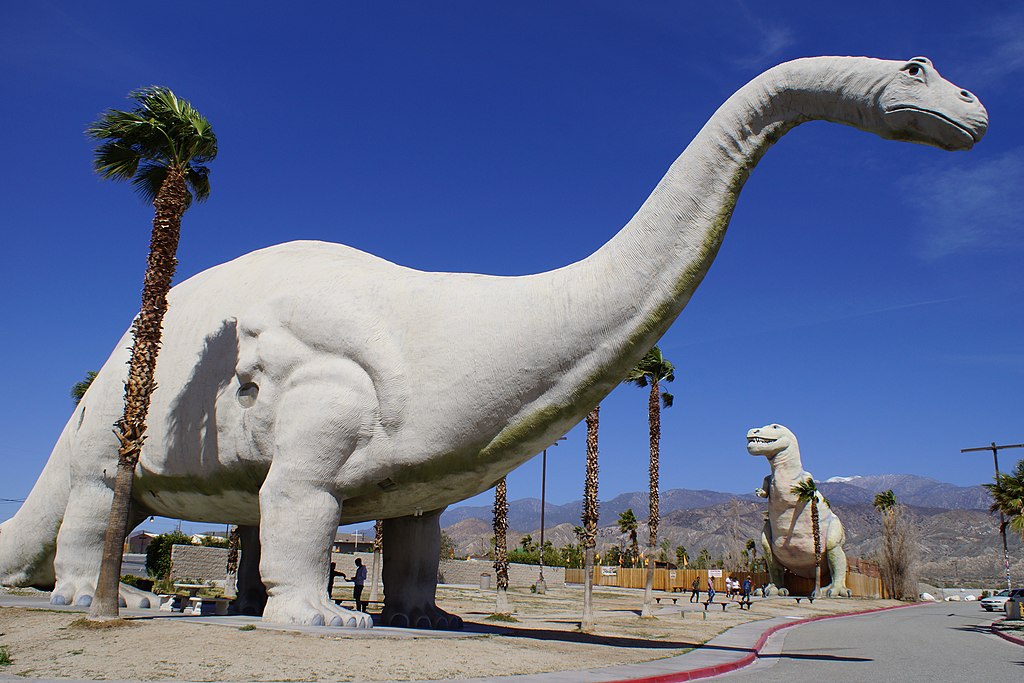
The ongoing refinement of dinosaur classification continues with new fossil discoveries and methodological innovations. Advanced techniques like CT scanning reveal internal structures without damaging specimens, while molecular studies of exceptionally preserved fossils occasionally yield protein fragments that inform evolutionary relationships. Geometric morphometrics—the mathematical analysis of shape—allows for more precise comparisons of anatomical features. We can expect further taxonomic revisions as these techniques are applied to legacy collections and new discoveries. The Brontosaurus case may be repeated with other dinosaurs as genera are split, lumped, or rearranged based on enhanced understanding. Paleontologists increasingly recognize variation within species, including growth stages, sexual dimorphism, and geographic differences. The classification of dinosaurs will likely become more complex rather than simpler as our knowledge expands, with the possibility that other “extinct” names might one day make scientific comebacks.
Conclusion
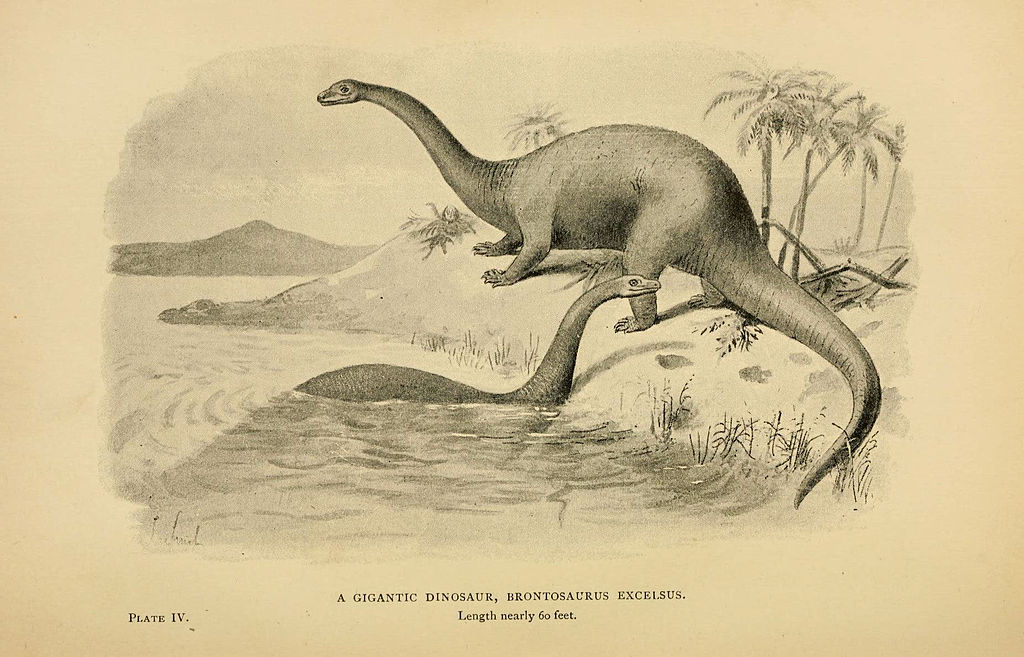
The story of Brontosaurus offers a fascinating window into the evolving nature of scientific knowledge. Far from being a simple case of scientists making mistakes, it demonstrates how classification represents our best understanding at a given moment, subject to revision as methods and evidence improve. The dinosaur’s journey from discovery to dismissal to resurrection parallels the scientific process itself—questioning, testing, and refining our understanding of the natural world. Whether called Apatosaurus or Brontosaurus, these magnificent creatures that walked the Earth over 150 million years ago continue to inspire wonder and curiosity. Perhaps the most important lesson from this taxonomic tale is that science remains open to revision—not as a weakness, but as its greatest strength.


